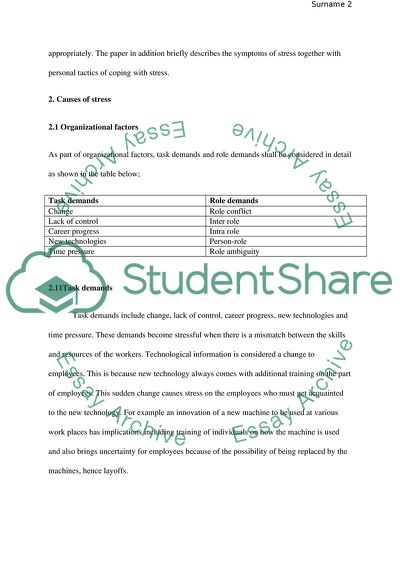Cite this document
(“The Human Resource Departments Roles in Helping Employees Cope with Assignment - 1”, n.d.)
The Human Resource Departments Roles in Helping Employees Cope with Assignment - 1. Retrieved from https://studentshare.org/human-resources/1765015-human-resources-management-what-the-human-resource-department-can-do-to-help-employees-cope-with-both-job-related-and-off-the-job-stress
The Human Resource Departments Roles in Helping Employees Cope with Assignment - 1. Retrieved from https://studentshare.org/human-resources/1765015-human-resources-management-what-the-human-resource-department-can-do-to-help-employees-cope-with-both-job-related-and-off-the-job-stress
(The Human Resource Departments Roles in Helping Employees Cope With Assignment - 1)
The Human Resource Departments Roles in Helping Employees Cope With Assignment - 1. https://studentshare.org/human-resources/1765015-human-resources-management-what-the-human-resource-department-can-do-to-help-employees-cope-with-both-job-related-and-off-the-job-stress.
The Human Resource Departments Roles in Helping Employees Cope With Assignment - 1. https://studentshare.org/human-resources/1765015-human-resources-management-what-the-human-resource-department-can-do-to-help-employees-cope-with-both-job-related-and-off-the-job-stress.
“The Human Resource Departments Roles in Helping Employees Cope With Assignment - 1”, n.d. https://studentshare.org/human-resources/1765015-human-resources-management-what-the-human-resource-department-can-do-to-help-employees-cope-with-both-job-related-and-off-the-job-stress.


